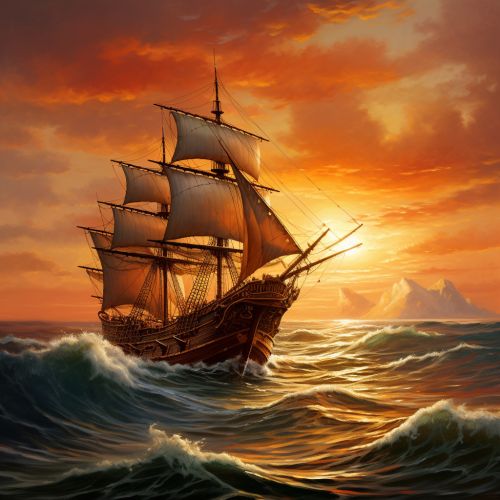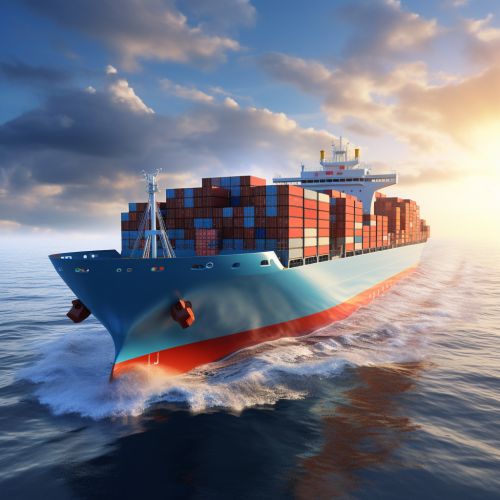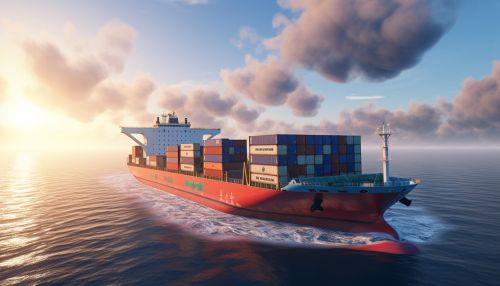Shipping
History of Shipping
Shipping, the transportation of goods over water, has been a key part of human civilization for thousands of years. The earliest evidence of shipping dates back to the ancient civilizations of Egypt and Mesopotamia, where riverine vessels were used to transport goods along the Nile and Tigris-Euphrates river systems. The development of maritime trade routes and the invention of the sailing ship in the Bronze Age enabled the expansion of trade and cultural exchange across the Mediterranean and Near East.


In the Middle Ages, the rise of powerful maritime republics such as Venice and Genoa led to the development of advanced ship designs and navigation techniques. The Age of Discovery in the 15th and 16th centuries saw European explorers, using these new technologies, establish sea routes to the New World, Africa, and Asia, leading to an unprecedented globalization of shipping and trade.
The Industrial Revolution in the 19th century brought about significant changes in shipping with the advent of steam-powered ships and the construction of extensive canal systems, such as the Suez and Panama Canals, which greatly reduced the distances and times involved in international shipping.
Modern Shipping
Today, shipping is a complex, global industry that plays a crucial role in the world economy. It is responsible for the carriage of approximately 90% of world trade. The modern shipping industry is characterized by its international nature, vast scale, and diversity of cargo types and shipping methods.
Types of Ships
There are various types of ships used in modern shipping, each designed for specific types of cargo and trade routes. These include bulk carriers, which transport large volumes of bulk cargo such as coal or grain; container ships, which carry standardized shipping containers; tankers, which transport liquids such as oil and chemicals; and Ro-Ro ships, designed to carry vehicles and other rolling cargo.


Shipping Routes
Shipping routes are the paths taken by ships to transport goods from one place to another. These routes are determined by a variety of factors, including the type of cargo, the destination, and the conditions at sea. Major shipping routes include the North Atlantic route, the trans-Pacific route, and the routes through the Suez and Panama Canals.
Ports and Terminals
Ports are facilities where ships can load and unload cargo, and are a critical part of the shipping infrastructure. They include commercial ports, which handle cargo and passenger ships, and naval ports, which are used by military vessels. Terminals are specialized facilities within ports where specific types of cargo, such as containers or bulk cargo, are handled.
Shipping Industry
The shipping industry is a complex and highly regulated global business. It involves a wide range of stakeholders, including ship owners, operators, brokers, freight forwarders, and regulators. The industry is governed by a complex system of international laws and regulations, including the United Nations Convention on the Law of the Sea (UNCLOS) and the regulations of the International Maritime Organization (IMO).
Economics of Shipping
The economics of shipping is a complex field that involves the study of supply and demand, freight rates, and the impact of global economic trends on the shipping industry. It also involves the study of the costs of operating ships, including fuel costs, crew wages, and maintenance costs.
Environmental Impact
Shipping has a significant environmental impact, including air pollution, water pollution, and noise pollution. The industry is also a major contributor to global greenhouse gas emissions. However, efforts are being made to reduce the environmental impact of shipping through the development of cleaner fuels and more efficient ship designs.
